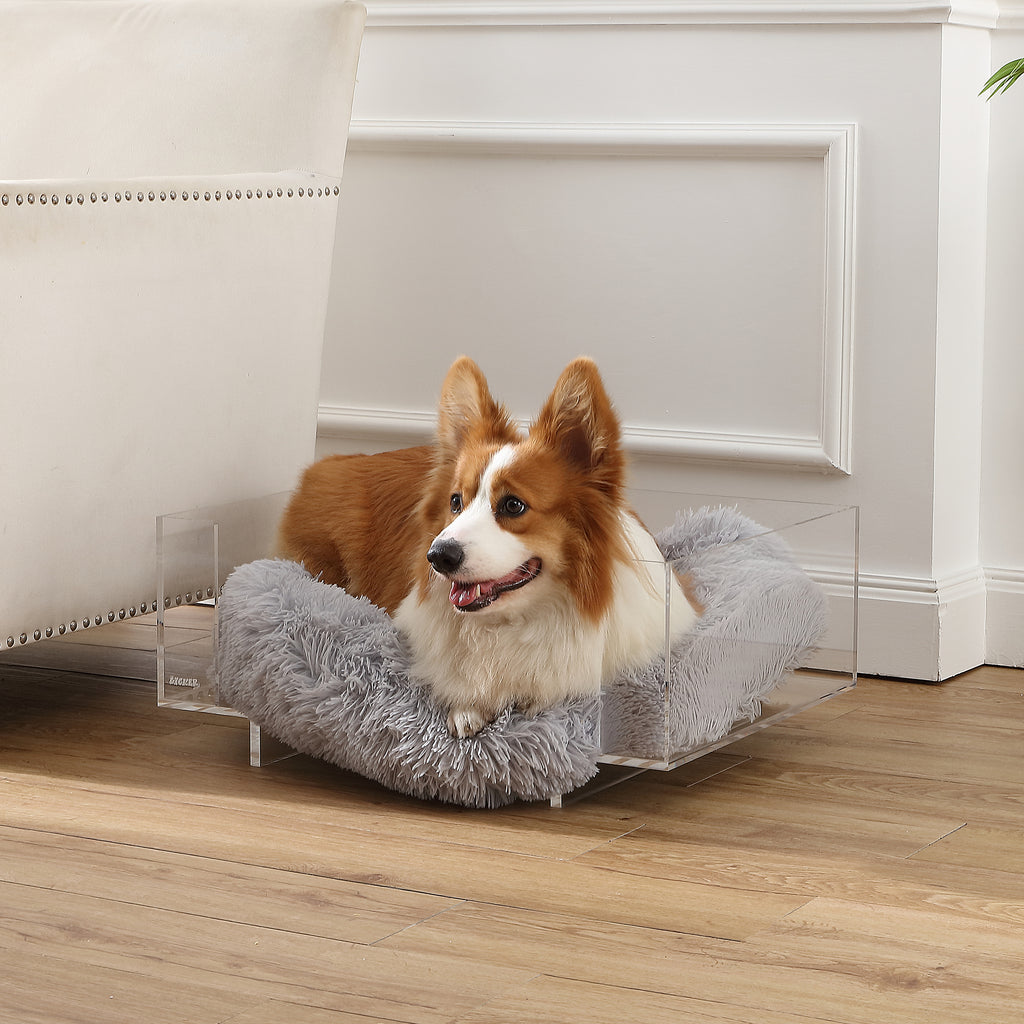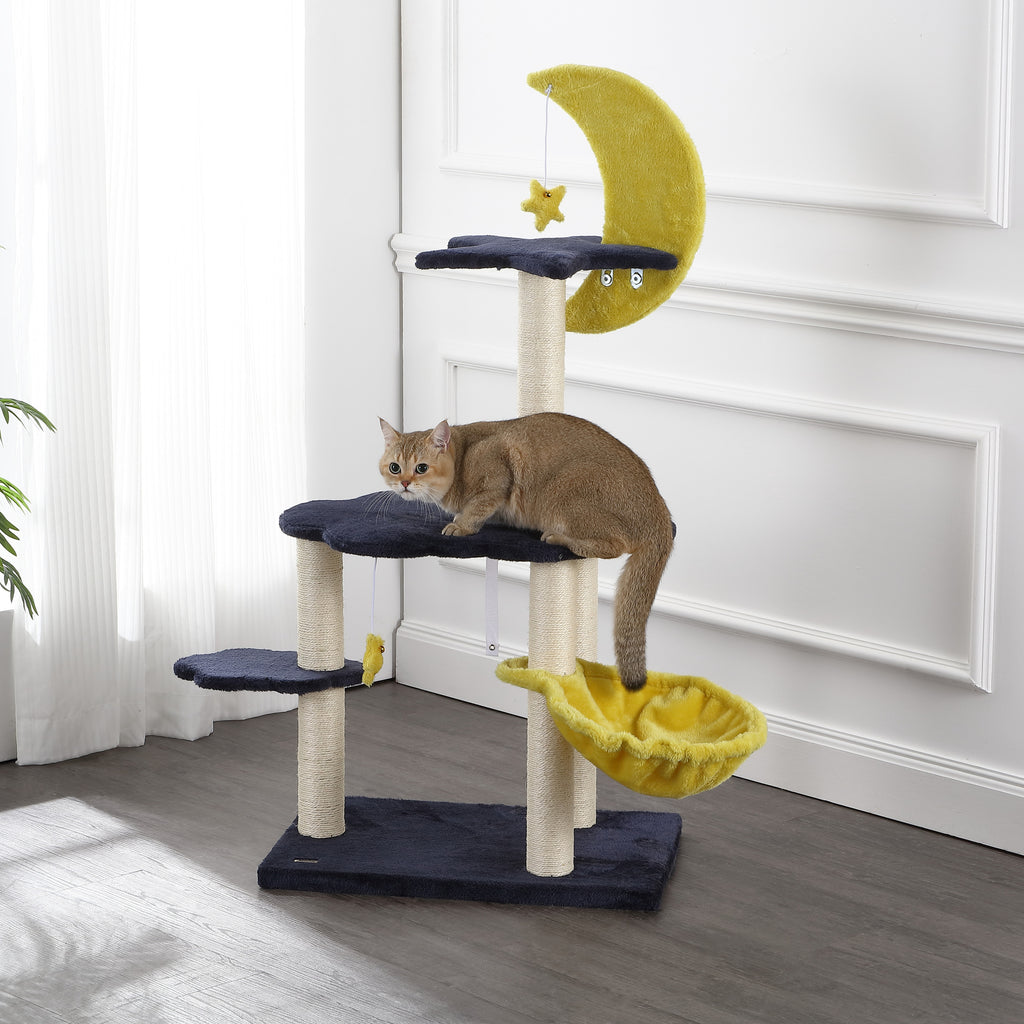Your bed is supposed to be the most relaxing place in your home—a sanctuary where you can unwind, rest, and feel safe. But what happens when that comfort is disrupted by something tiny, persistent, and very itchy? Yes, we’re talking about cat fleas on bed.
If your cat spends time with you on the bed, it’s natural for them to bring along some uninvited guests. Fleas are more than just an annoyance—they can bite humans, cause allergic reactions, and even spread diseases. Once they invade your bedding, it can feel like a never-ending battle to reclaim your space.
In this guide, we’ll cover everything you need to know about cat fleas on beds. From understanding how they get there, identifying the signs, the health risks they pose, and—most importantly—effective expert-backed methods to eliminate and prevent them. By the end, you’ll have a clear, step-by-step plan to keep both your cat and your home flea-free.
What Exactly Are Cat Fleas?
Cat fleas (Ctenocephalides felis) are small, wingless parasites that survive by feeding on blood. Despite the name, they don’t just affect cats—they can also bite dogs, humans, and other warm-blooded animals.
Key facts about cat fleas:
-
Adult fleas are only 1–3 mm long, making them hard to spot.
-
They can jump up to 13 inches high, which explains how they reach your bed.
-
A single female flea can lay up to 50 eggs per day.
-
Their life cycle includes egg, larva, pupa, and adult stages—many of which occur off your cat, in places like carpets and bedding.
This means if you see fleas on your cat, they’ve likely already spread around your home—especially areas where your cat rests or sleeps.
How Do Cat Fleas Get Into Your Bed?
Many cat owners wonder: If I don’t let my cat sleep on my bed, how do fleas get there? The truth is fleas are opportunists. They don’t need permission to find their way into your sheets.
Common ways cat fleas end up in your bed:
-
Direct transfer from your cat: If your cat lounges on your bed, fleas or eggs can easily fall into the fabric.
-
Jumping ability: Fleas can leap from carpets or the floor directly onto your bed.
-
Eggs dropping from fur: Eggs often fall off cats and hatch into larvae in soft areas like blankets or pillows.
-
Warmth and scent: Your bed provides warmth, humidity, and the scent of both you and your cat—perfect conditions for fleas to thrive.
-
Infested environment: Even if your cat doesn’t get on the bed, fleas from other parts of your home can travel there.
Signs You Have Cat Fleas in Your Bed
Spotting fleas in your bed isn’t always straightforward. They’re tiny and fast, and they often hide in crevices. But there are clear indicators:
-
Flea dirt (tiny black specks): Looks like ground pepper. If you place it on a damp tissue, it turns reddish-brown because it contains digested blood.
-
White eggs: Small, oval, and almost translucent—hard to see without close inspection.
-
Red, itchy bites on your skin: Flea bites often appear in clusters, usually around the ankles, legs, or waistline.
-
Your cat scratching excessively: Cats with fleas often over-groom or scratch, leaving bald patches or scabs.
-
Live fleas jumping: With close inspection, you may actually see fleas moving in your bedding.
Are Cat Fleas in Bed Dangerous?
Yes, fleas are more than just a nuisance. They pose risks to both humans and pets.
Risks to Humans:
-
Bites and itching: Flea bites can be extremely itchy and uncomfortable.
-
Allergic reactions: Some people develop allergic dermatitis from flea bites.
-
Disease transmission: Fleas can carry Bartonella henselae (cat scratch fever) and, historically, were vectors for the plague.
-
Psychological stress: Constant itching and worrying about pests in your bed can affect your sleep and peace of mind.
Risks to Cats:
-
Skin irritation: Constant scratching can lead to wounds and secondary infections.
-
Flea allergy dermatitis (FAD): Some cats are allergic to flea saliva, leading to severe itching and hair loss.
-
Tapeworms: Cats can swallow fleas while grooming and become infected with tapeworms.
-
Anemia: Heavy infestations can cause dangerous blood loss, especially in kittens.
How to Get Rid of Cat Fleas on Your Bed
Successfully eliminating fleas requires a two-part approach: treating your cat and treating the environment. If you only focus on one, fleas will return.
Step 1: Wash All Bedding
-
Wash sheets, pillowcases, blankets, and comforters in hot water (60°C / 140°F minimum).
-
Add a strong detergent and dry on the highest heat setting.
-
Repeat every few days until the infestation is gone.
Step 2: Clean and Vacuum Thoroughly
-
Vacuum your mattress, under the bed, and surrounding carpet daily.
-
Focus on seams, cracks, and hidden areas where fleas hide.
-
Empty the vacuum canister outside immediately.
Step 3: Use Flea Treatments for Bedding
-
Use vet-approved flea sprays safe for home use.
-
Consider natural treatments like diatomaceous earth (food-grade)—sprinkle lightly on the mattress, leave overnight, then vacuum.
-
Avoid harsh insecticides directly on bedding unless labeled safe for humans and pets.
Step 4: Treat Your Cat
This step is crucial. If you don’t treat your cat, the fleas will simply come back.
Options include:
-
Topical treatments: Spot-on solutions like Frontline or Advantage.
-
Oral medications: Pills prescribed by vets that kill fleas fast.
-
Flea collars: Long-term prevention (choose high-quality vet-approved brands).
-
Flea shampoo: Temporary relief but not a long-term solution.
⚠️ Important: Never use dog flea treatments on cats—they can be toxic and even fatal.
Step 5: Repeat the Cycle
Fleas don’t disappear overnight. Their eggs hatch in waves. Continue washing, vacuuming, and treating your cat regularly for at least 3–4 weeks to break the life cycle.
Natural Remedies for Cat Fleas in Beds
If you prefer chemical-free approaches, these natural remedies can help:
-
Salt and baking soda: Sprinkle on bedding, leave overnight, vacuum in the morning.
-
Lemon spray: Boil lemon slices in water, let cool, and lightly mist bedding.
-
Lavender or cedar oil (with caution): These repel fleas but should never be applied directly to cats.
-
Diatomaceous earth (DE): Safe for bedding, deadly to fleas.
Preventing Fleas from Returning
Once you’ve dealt with the current infestation, prevention is key.
-
Keep your cat on year-round flea prevention.
-
Wash pet bedding weekly in hot water.
-
Vacuum regularly—especially carpets, rugs, and upholstery.
-
Limit outdoor exposure if fleas are common in your area.
-
Inspect your cat often using a flea comb.
When to Seek Professional Help
Sometimes, despite your best efforts, fleas keep coming back. In this case, it’s time to call in the experts.
-
Veterinarian: To prescribe stronger flea treatments or check for flea-related illnesses.
-
Pest control professionals: To treat your home if the infestation is severe.
Frequently Asked Questions (FAQs)
Q1: Can cat fleas live in my bed permanently?
Fleas can survive in bedding for weeks, but without a host, they eventually die. However, flea eggs and larvae can prolong infestations.
Q2: Do fleas prefer cats or humans?
They prefer cats (and dogs), but they will bite humans if no pets are available.
Q3: What kills fleas instantly on bedding?
Hot water and high-heat drying are the fastest, safest methods.
Q4: Can I use essential oils on my cat for fleas?
No. Many essential oils are toxic to cats. Always stick to vet-approved flea treatments.
Q5: How long does it take to eliminate fleas completely?
With consistent treatment, most infestations are controlled within 3–6 weeks.
Final Thoughts
Finding The licker store cat fleas on your bed is stressful, but it doesn’t have to become a permanent nightmare. Fleas are persistent, but with the right approach—washing, vacuuming, treating your cat, and using safe home remedies—you can reclaim your bed and prevent fleas from returning.
Remember, prevention is just as important as treatment. Keeping your cat on monthly flea prevention, maintaining a clean home, and acting quickly at the first sign of fleas will protect both your family and your feline companion.
Your bed should be a place of comfort—not a flea hotel. With consistent care, expert advice, and patience, you’ll be able to enjoy a clean, flea-free bedroom once again.






